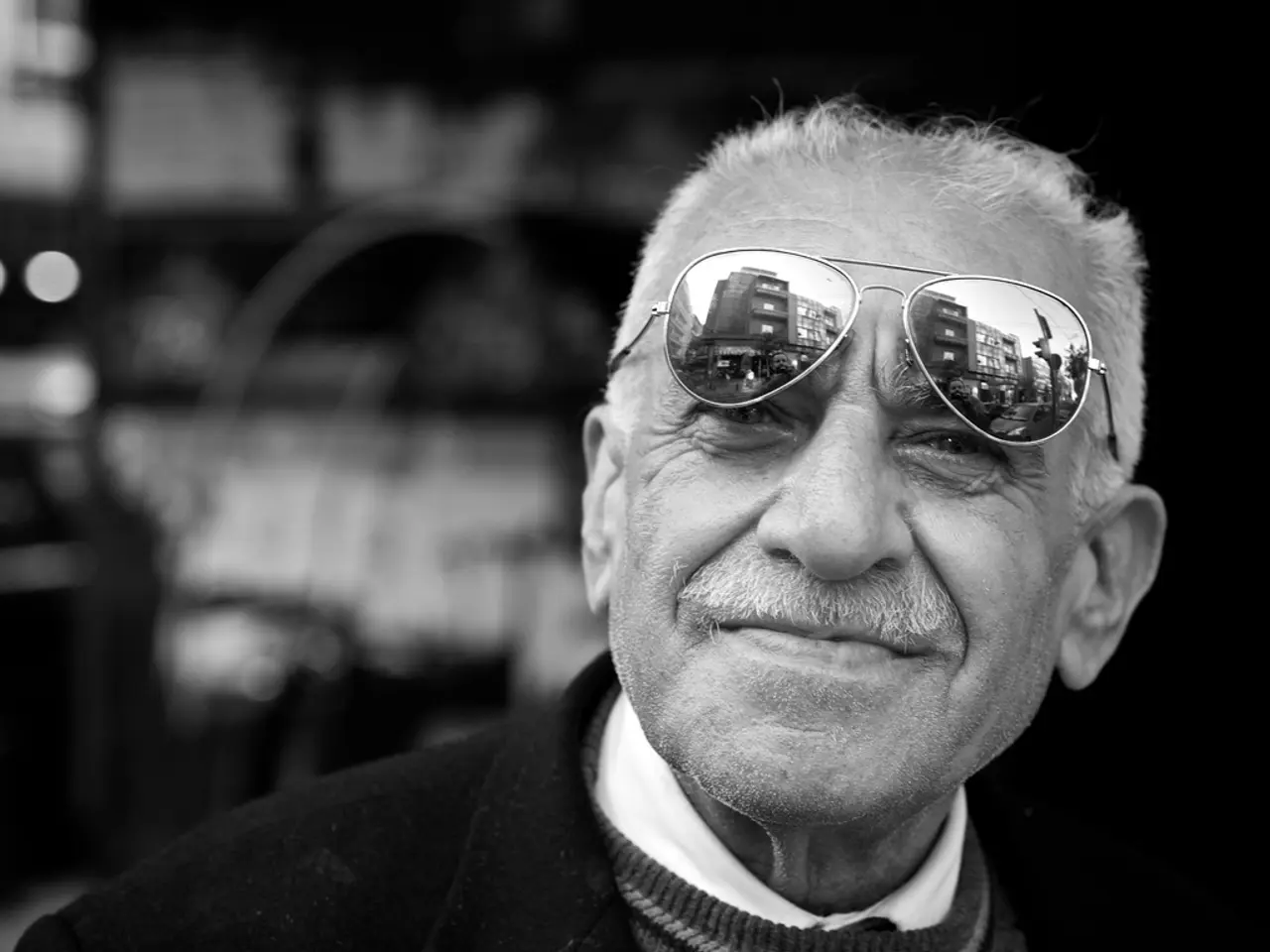Unexpected outcomes can now occur with YouTube Shorts and Google Photos, as both platforms are employing experimental AI to produce videos from stationary images.
Google Photos and YouTube Shorts Introduce AI-Powered Photo-to-Video Features
In an exciting development, Google Photos and YouTube Shorts are set to revolutionise the way we experience still images. Both platforms are introducing AI-powered photo-to-video features, which transform static images into short, 6-second video clips.
Google Photos is harnessing the power of Veo 2, a cutting-edge AI video model, to animate the frozen moments in your photos. Users can choose between two options: "Subtle movement" for a realistic animation or "I'm feeling lucky" for more creative and varied effects, such as confetti.
Meanwhile, YouTube Shorts is also jumping on the bandwagon, offering a similar photo-to-video feature. Initially, the platform will use the Veo 2 model, but later this summer, it will gain access to the upgraded Veo 3 model, promising enhanced capabilities for generating video content from photos.
While both platforms share the Veo line of AI video models, Google Photos also incorporates Imagen for artistic restyling. This model specialises in image-style transformation and is distinct from the Veo models used for photo animation and video generation.
Google Photos' Remix feature, which turns photos into artistic forms like anime or sketches, is powered by Imagen. In contrast, YouTube Shorts' AI creation tools can be found in the AI Playground, which houses the tools, inspiration, and pre-written prompts.
It's important to note that these features are experimental, and results may be unexpected. Both platforms include watermarks (visible or invisible) on AI-generated content to identify them as AI-produced.
The AI-generated videos on YouTube Shorts may show text turning to gibberish and photos flickering, while those on Google Photos animate people in a celebratory mood, showing examples of confetti throwing and balloon releasing.
The rollout of these features is underway. The photo-to-video tool in Google Photos has already started rolling out in the US on Android and iOS devices. YouTube Shorts' photo-to-video feature is expected to roll out over the next week in the US, Canada, Australia, and New Zealand, with additional regions coming later this year.
Beginning in August, Google Photos will get a dedicated tab called Create, housing the new generative AI tools, collage creation, and highlight videos. YouTube Shorts users can access the AI Playground by navigating to Create, and then tapping on the sparkle icon.
In the coming weeks, YouTube Shorts will gain new generative effects, including preset AI effects that update regularly. Users on both platforms can provide feedback on the generated images and videos to improve the overall experience.
With these exciting new features, Google Photos and YouTube Shorts are set to redefine the way we interact with our photos, offering a fun and innovative approach to video creation.
- To take advantage of the latest advancements in technology, users can now animate their photos using Google Photos' AI-powered photo-to-video feature, which utilizes the Veo 2 model for motion.
- In addition, the Imagen model in Google Photos is employed for artistic restyling, allowing photographs to be transformed into various artistic forms like anime or sketches.
- YouTube Shorts users can create similar video clips from static photos within the AI Playground, initially using the Veo 2 model, and later accessing the upgraded Veo 3 model for even more enhanced capabilities.
- As artificial intelligence evolves, new generative effects will be added to YouTube Shorts, ensuring users have a diverse and engaging selection to choose from.
- Moreover, both platforms invite users to provide feedback on the generated images and videos to continually improve the quality and variety of creative output.




